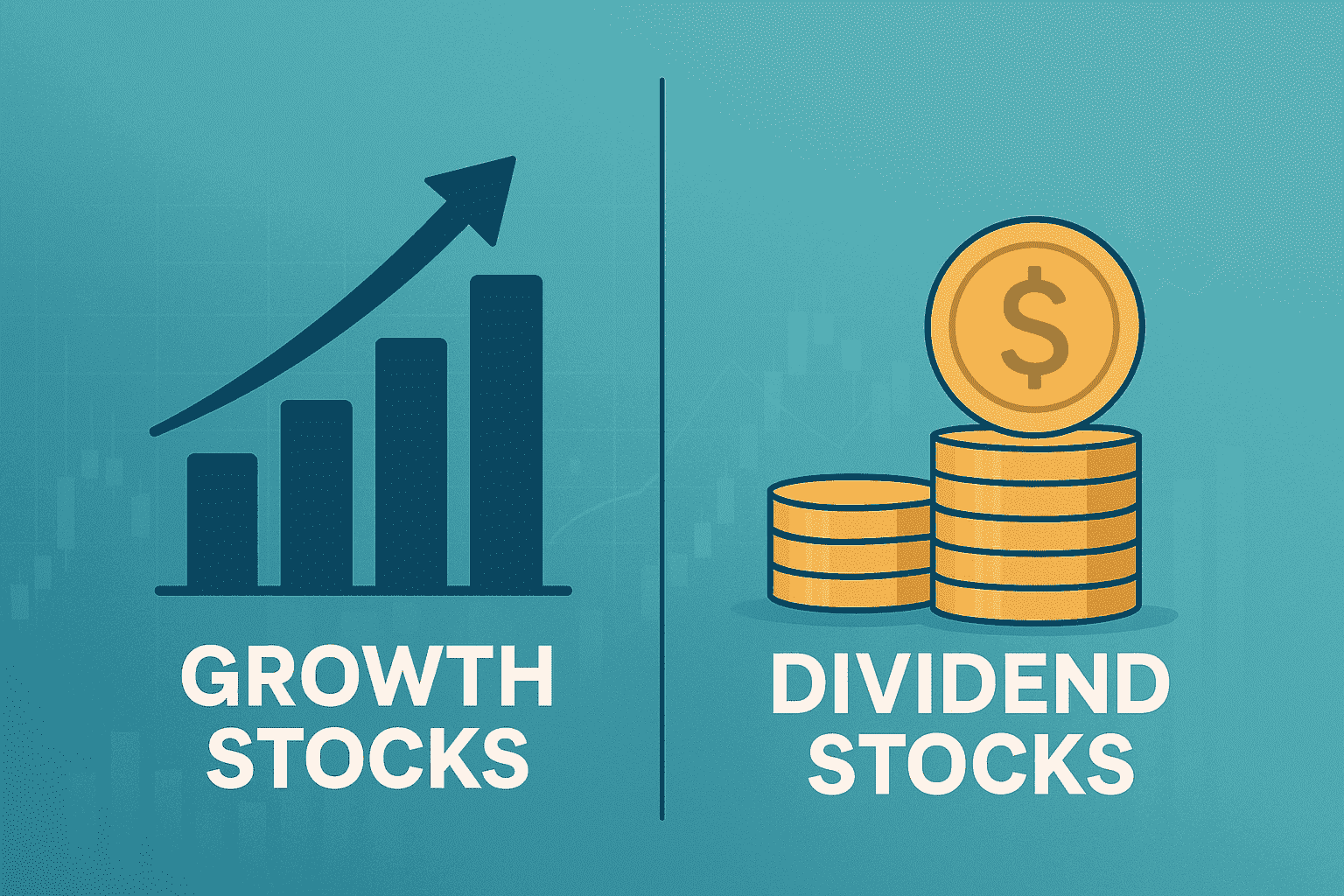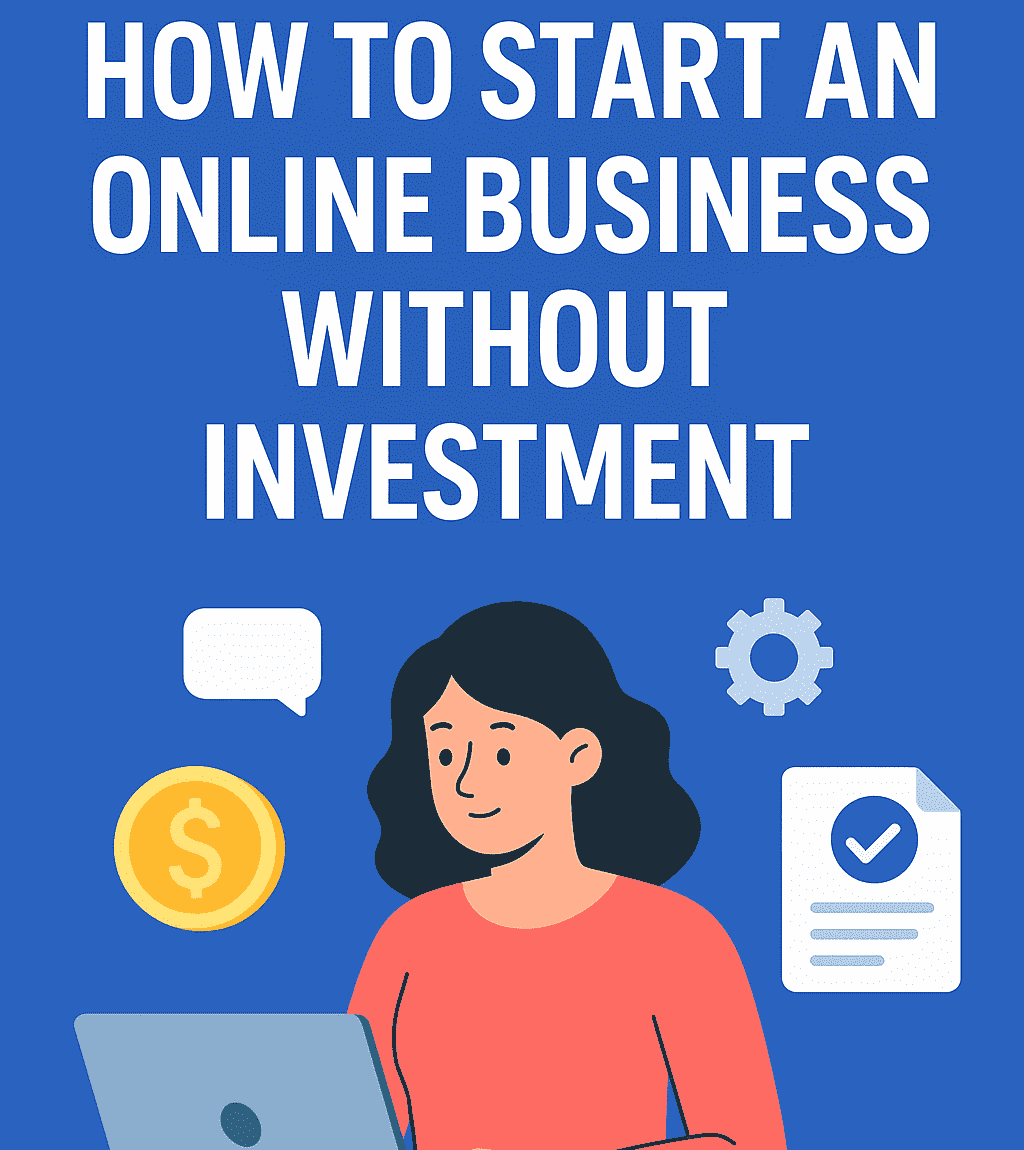
Seeing your business grow comes with thrill and excitement, but to take it to an international level, knowing about international regulations is important.
The questions to consider are: how will you pay your taxes in a new sales location? Well, you will have to register yourself for VAT!
Continue reading this article to learn about what a Value Added Tax Number is, how to get one, and how international fulfilment and tax compliance experts like Prolog Fulfilment can help you grow your business internationally.
What Is a VAT Number?
The government gives businesses the value-added tax (VAT) number. It owns its uniqueness or distinctiveness as it is used by the governmental authorities to track your business-related undertakings and for value-added tax purposes in the country.
VAT numbers are like identification numbers for businesses, and they’re made up of two parts: a country code at the beginning and some numbers. In the UK, VAT numbers start with “GB” and then have nine numbers after that.
HMRC (or HM Revenue & Customs), the UK national authority on revenue and customs, issues the VAT numbers. Once they have registered you, you can start growing your business in the UK. You can then charge VAT (if applicable) while selling goods.
Traders or businessmen can add three distinct VAT rates to products. It depends on the product you are selling for the correct VAT rate to be applied for VAT-registered businesses.
- Standard rate (20%)
- Reduced rate (5%)
- Zero rate (0%)
In the UK, most products are traded at a standard rate. However, some products or categories are subject to reduced or zero rates. The following are the products under zero rate:
- Children’s clothing
- Printed materials (such as books and newspapers)
- Charity sales or donated goods
- Food and drink
Note: Always check for exceptions! Because even if most food and drink products come under zero, snacks and soft drinks are subjected to the standard VAT rate.
How To Get a VAT Number
If you want to get a VAT number for your business, you should submit the required documents and application to HMRC. You will give the documents depending on your country of incorporation. For UK, it is:
- Company registration number
- Pay As You Earn (PAYE)
- Business’s bank account details
- Annual turnover details
- Unique Taxpayer Reference (UTR)
- Corporation Tax
- Self Assessment
If your brand is outside the UK, you will need proof of VAT compliance in their country, copies of your passport, and proof of doing business in the UK.
If you register with HMRC, you will be given a VAT number and a certificate via mail as a letter. To complete your registration process and determine your VAT liabilities, consider experts like Prolog Fulfilment.
How To Stay VAT Compliant
To do business in the UK, apart from getting a VAT number, you must remain VAT compliant with HMRC’s regulations. You can do so by:
- Add and calculate the accurate VAT rate for your product’s cost.
- Add the nine-digit number to all your payments.
- According to the date of registration, submit quarterly filing returns.
How Does VAT Number Affect International Trade
If you are considering holding or importing stock in the UK, having a VAT number first is better. It takes 10-12 weeks to get accepted after submitting all the documents for your VAT application. However, this can vary. Plus, it’s essential to know that VAT and sales tax differ.
Brexit’s Influence on VAT Regulations
After Brexit happened on January 31st, 2020, the UK left the European Union. This means the UK is separate from the EU’s system, where goods can be moved freely between countries without extra taxes or checks. Sellers from other countries have to follow these rules. They need to register for VAT (a tax) and get an EORI number (a kind of ID) before they can store goods in the UK. The exact steps depend on where the seller is based and other factors.
Challenges And Typical Issues Related To VAT Numbers
The following are the challenges and typical issues that businesses face related to VAT numbers:
Legislation
Since legislation constantly evolves, it’s better to have contacts with experts like Prolog Fulfilment who can help you with this. If not, then it can cause problems for your business.
Audits
Through audits, it can be identified how authentic the specific business VAT records are. It prevents discrepancies by ensuring correct reporting and remittance of correct VAT rates in dealings.
VAT Fraud
As VAT fraud progresses daily, businesses must use strategies that ensure they don’t become victims of fake VAT invoices. Protection strategies include verifying VAT numbers and reporting fraud incidents.
Non-Compliance
If a business doesn’t follow VAT rules, the tax authorities can punish them. They might have to pay fines, extra money called interest, or other charges. How bad these consequences are depends on how severe and widespread the rule-breaking is. That’s why businesses must follow all the VAT rules carefully.
Communication And Documentation
Good communication and keeping good transaction records are crucial for following VAT rules properly. If records need to be included or corrected, it can cause problems when tax officials check them during audits. That’s why businesses should get advice from tax experts. They can help ensure all the VAT paperwork is done correctly and kept track of properly.
 How Prolog Fulfilment Can Help With International Trade
How Prolog Fulfilment Can Help With International Trade
Prolog Fulfilment has warehouses worldwide, like in the UK, Europe, Australia, Canada, and the US. Therefore, it can help you sell in any of those places. This saves your money on shipping and makes it quicker for customers to get their orders. Plus, it makes dealing with taxes easier when shipping across borders.
At Prolog Fulfilment’s warehouses, some experts use special software to manage everything from picking the items to packing them and sending them out. And the cool thing is you can keep an eye on all your stuff and orders in one place using Prolog Fulfilment’s dashboard. Accessing its dashboard lets you know what’s happening with your shipments in real time.
FAQs
Can I change my VAT number?
If there are problems with your current VAT number, tax authorities might give you a new one. You can change your VAT number, but it can impact your business, so it’s crucial to do it correctly. It’s smart to ask a tax expert or accountant for advice to ensure you’re following the rules and avoiding any issues with the change.
How can Prolog Fulfilment help with international shipping?
Online stores can use Prolog Fulfilment’s warehouses in countries like the UK. By keeping their products in these warehouses, they can ship them faster and cheaper to customers in those countries.














Leave a Reply